The Beginners Guide to Roadschooling in 2024
Disclosure: This post may contain affiliate links, meaning I get a commission if you decide to purchase through my links, at no extra cost to you. Thanks for your support!
We love roadschooling! Out of all of the different homeschool styles we blend in our eclectic homeschool, roadschooling is our absolute favorite. It’s the best feeling to hit the open road and embark upon a new adventure while learning from real experiences together as a family. There is no learning like hands-on learning and roadschooling is the ultimate hands-on learning. There is something special about being together away from home and your comfort zone combined with focusing on the present moment that comes naturally from a road trip. We continue to find excuses to take road trips to do more roadschooling. Do you love to travel? Are you ready to take your homeschool on the road?

What is Roadschooling?
Roadschooling is homeschooling while traveling on a road trip. Usually, it is an integration of the places you are visiting with curriculum and experiential learning.
We love that every experience becomes a teachable moment when you are on a road trip with your children. A road trip leads to lessons on map skills, how to research, history, science, cultural studies reading, math, budgeting, geology, biology, social interactions, communication, critical thinking, survival skills, cooking, and so much more.
Roadschooling looks different for every family depending on your interests, road trip style, and where you are traveling.
Roadschooling produces inquisitive, capable, logical children who are excited and eager to learn.
You don’t need to be an expert on any subject or any place to roadschool. The learning is done together as a family. When we learn with our children it creates the ultimate learning environment. The passion and excitement that children experience while learning with their parents are unmatched. What better way to instill lifelong knowledge and a love of learning!? We all know that modeling behavior is the best way to teach!
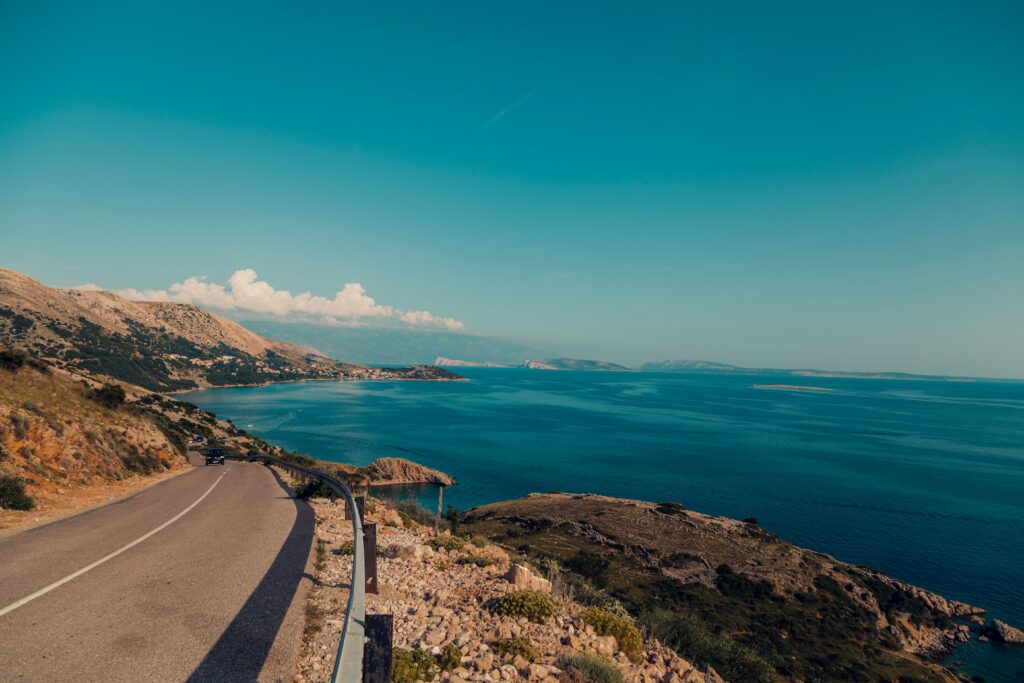
Why is Roadschooling so awesome?
Roadschooling allows us to make connections between school and life. We can all relate to the feeling of learning something that will be pertinent in our lives. Let’s teach our children that this is possible!
Roadschooling allows us to immerse ourselves into a topic or a place with real-life experiences and memories that will last a lifetime.
Our favorite part about roadschooling is the bond it creates with your child/children. The connections with each other as well as the connection to knowledge are priceless.
Roadschooling creates a simpler life without the distractions of daily life that we all have at home. It allows us to be fully present and live in the moment, our utmost goal in parenting.
The conversations that develop naturally while sitting in a car for hours or while experiencing things that are new and different, sometimes positive sometimes negative, are invaluable, and would never happen sitting at home following curriculum.

How to get started with Roadschooling
Are you ready to hit the road and start roadschooling with your family?
If you are going to Roadchool full-time you need to research your home state’s Homeschool/Roadschool laws. You will need to establish a home state and follow their regulations. This doesn’t mean you must stay in one state, you are just registering with that state and sticking to their regulations to make it easier on yourself.
We roadschool once or twice a year. First, we plan our itinerary and then fill in the details from there. Once we know where we are going, what stops we would like to make a priority, and what time of year it is, we begin to pick subjects or specific interests we would like to cover. Then we can add more stops and activities based on our “themes”. We still do math, language arts, and Spanish, but we try to pick subjects, unit studies, or themes that we wouldn’t normally do at home.
The very first thing we like to do before embarking on a trip is to pick out road journals. There is no better and easier way to facilitate learning on the road than to encourage our children (and ourselves) to write in a journal every day of an adventure. The reflections, observations, and realizations that we will each come upon through journaling are invaluable. Bonus, you will have a keepsake from your trip. We like to add printed photos or brochures from places we have visited. Even if this is all you do on a trip, it will be more worthwhile than almost anything else, besides going on the adventure itself!
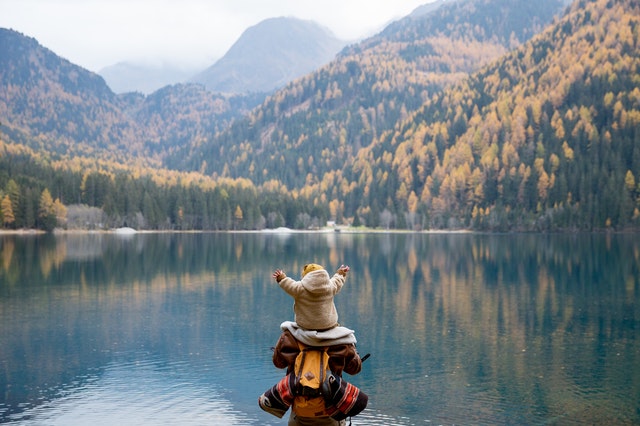
What should we learn about?
One of our favorite examples of roadschooling was a unit study on Marine Biology during a road trip in Florida. We created marine biology notebooks with information, artwork, and creative writing. We made math worksheets relating to ocean animals. We watched documentaries, we visited museums, aquariums, and natural waterways. We kayaked with manatees, went night crabbing, and visited beaches, salt lakes, brackish rivers, and fresh springs.
On a cross-country trip, we did an indigenous peoples study. In every location, we studied the local tribes, visited native sites, and read books. This immersion in a culture is one of our favorite ways to roadschool. What better way to learn about another culture than to visit their historical places, view their art, and eat their food?!
Visiting historic sights, natural biomes, national parks, museums, aquariums, beaches, and parks will open up the world for your children showing them that knowledge is not only easy to seek but also FUN!
Roadschooling Resources
One of our favorite resources while roadschooling is podcasts. We love to listen to them as a family and there are so many options, you can usually find a podcast on any subject or even about the places you are traveling to. Some of our favorites are:
- Eat Your Spanish
- Bedtime History
- The Big Life Kids Podcast
- Homeschool History
- The Past and the Curious
- Circle Round
- Earth Rangers
- Molly of Denali
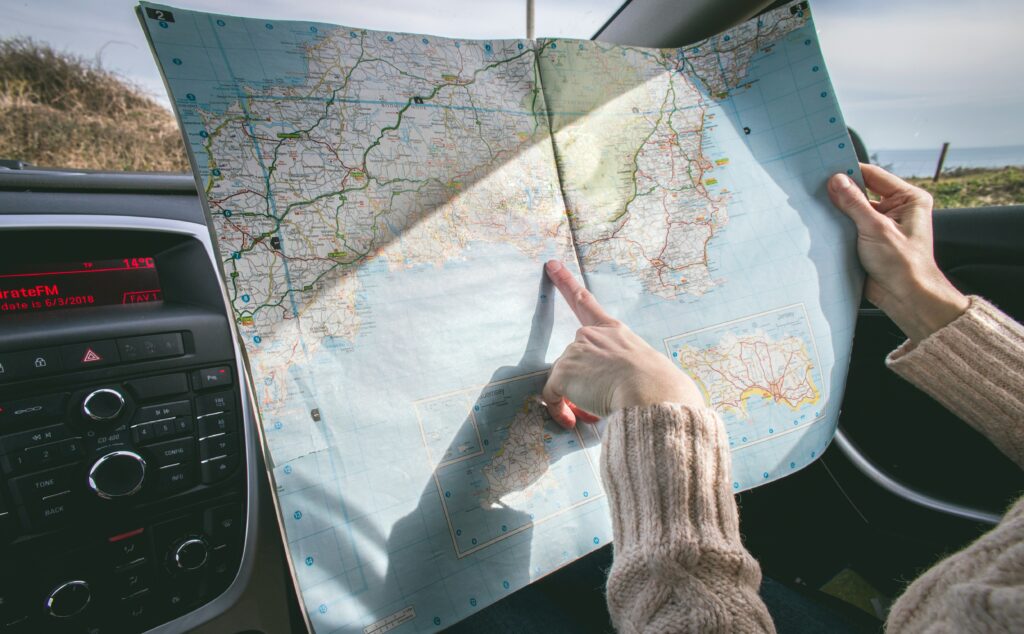
What our roadschooling day looks like
We like to create a daily rhythm so everyone knows what to expect. It helps us maintain a flow and a little sanity. The rhythm that we have found that works for us during long car ride travel days goes like this:
We start our day with what we call “map our day”. We go over our route for the day and any geographical points of interest. We talk about mileage. We do a state study if we have entered a new state, things like capitals, industries, state flowers, notable people, and historical events. This activity covers map skills, geography, math, History, ecology, and more.
Morning time is for school work like math, language arts, and whichever unit study we are working on such as Marine Biology, Indigenous cultures studies, or a Historical topic.
We stop for lunch and to get a little exercise like a walk or a quick visit to the park. After lunch, we do podcasts together as a family such as Spanish or history.
The afternoon is spent listening to audiobooks either together or individually. This is a great time to add a documentary or other educational videos. Finally, we finish our day with reflection time in our trip journals. Sometimes this is writing and other times, drawings or sketches.
We use non-travel days for “field trips” and adventures. Sometimes these field trips relate to what we are studying and other times they are just for fun, but they always include learning no matter what we are doing. That is the beauty of road schooling!

Tips for Roadschooling Success
While roadschooling together it is advantageous to teach subjects that can be taught to various age ranges. This way you are not trying to teach multiple kids different information. This works well for subjects such as science, history, and cultural studies.
There are many resources about how to teach subjects like math, that are more grade-specific, using the same problems or questions applied to various grade levels. This means using the same content but asking different questions for each age group.
Some of our main resources to use for teaching multi-age subjects are:
- Bedtime Math By Laura Overdeck
- Anatomy Book Series By Julia Rothman: We love Nature Anatomy, Ocean Anatomy, and Wildlife Anatomy the most. Also the activity books are excellent companions to the books.
- Usborne Books, especially the ones with internet links
- Exploring Nature With Children Curriculum written by Lynne Seddon
- Outschool Online Courses
- Maps and Atlas: We use Barefoot Books World Atlas for younger kids and National Geographic Student Atlas for older kids
Our favorite roadschooling tip is to nurture your children’s passions. If you homeschool your children, you are most likely already in tune with their interests and passions. Most of us homeschoolers try to cultivate our children’s passions and show them how to relate them to every aspect of school and life. Roadschooling is a perfect way to show our children that we care about their interests and we want to pursue them together.
Our final tip is that you absolutely do not need to be an expert in homeschooling to roadschool. Roadschooling is very beginner friendly. Picking topics based on your family or children’s interests and delving deep into learning together while you travel takes no prior experience. All you need is a love of travel and learning!
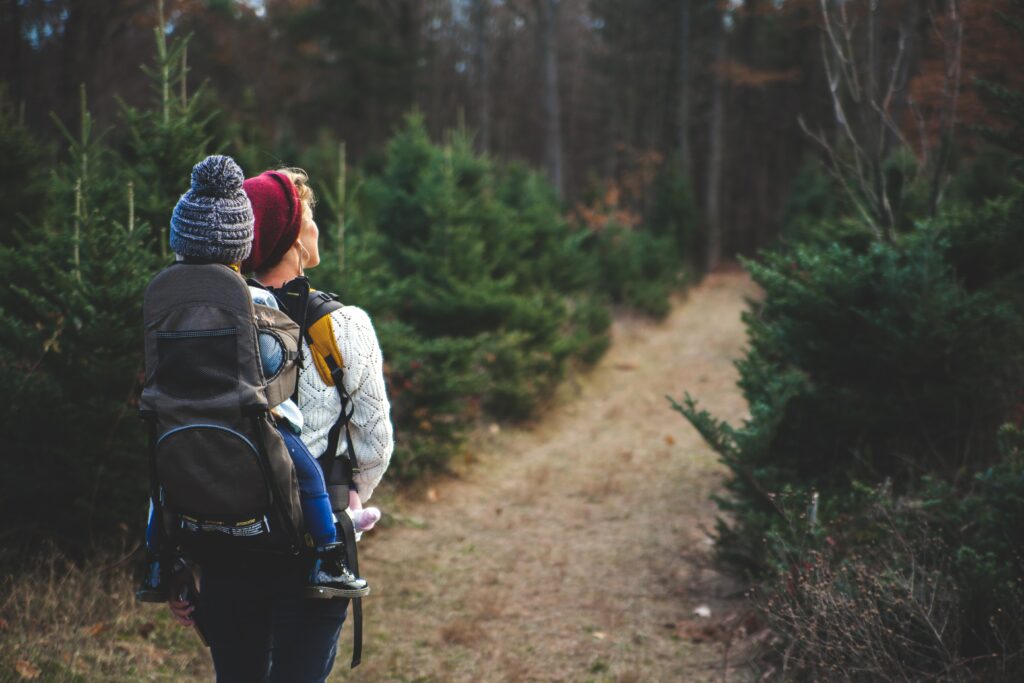
Conclusion
We all learn so much more through experience than reading about something in a book. Children benefit from experiencing and interacting with the world far more than sitting in a classroom. Turns out we adults do as well.
The most influential learning and deepest bonding comes from doing things together as a family in a new place. Dive deep, have fun with it, and create memories that will last a lifetime.
Please share this article with all your road trip loving family and friends whether they homeschool or not! Happy Roadschooling!
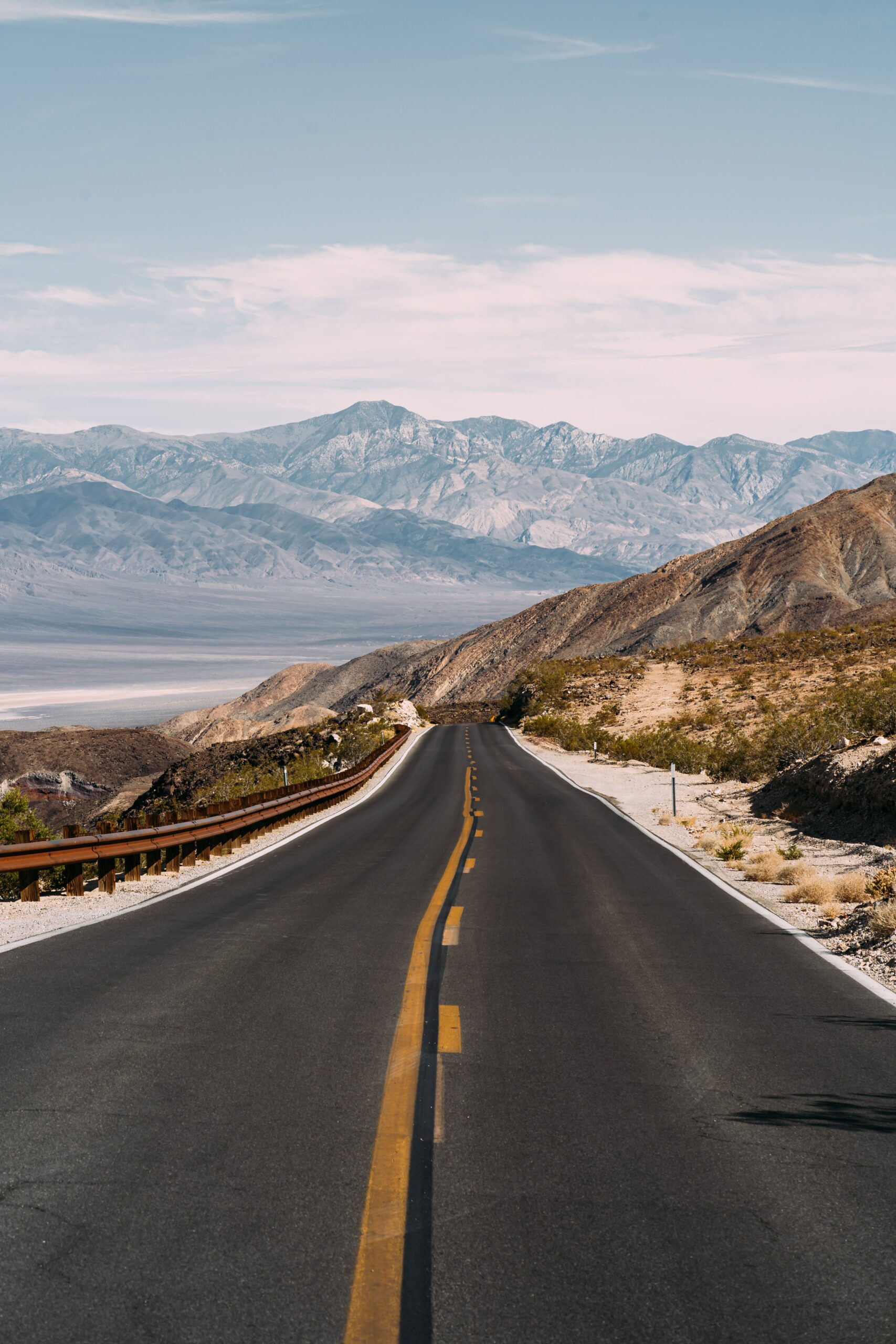






I know this if off topic but I’m looking into starting my own blog and was curious what all is required to get setup? I’m assuming having a blog like yours would cost a pretty penny? I’m not very web savvy so I’m not 100% sure. Any suggestions or advice would be greatly appreciated. Appreciate it
Your article helped me a lot, is there any more related content? Thanks!